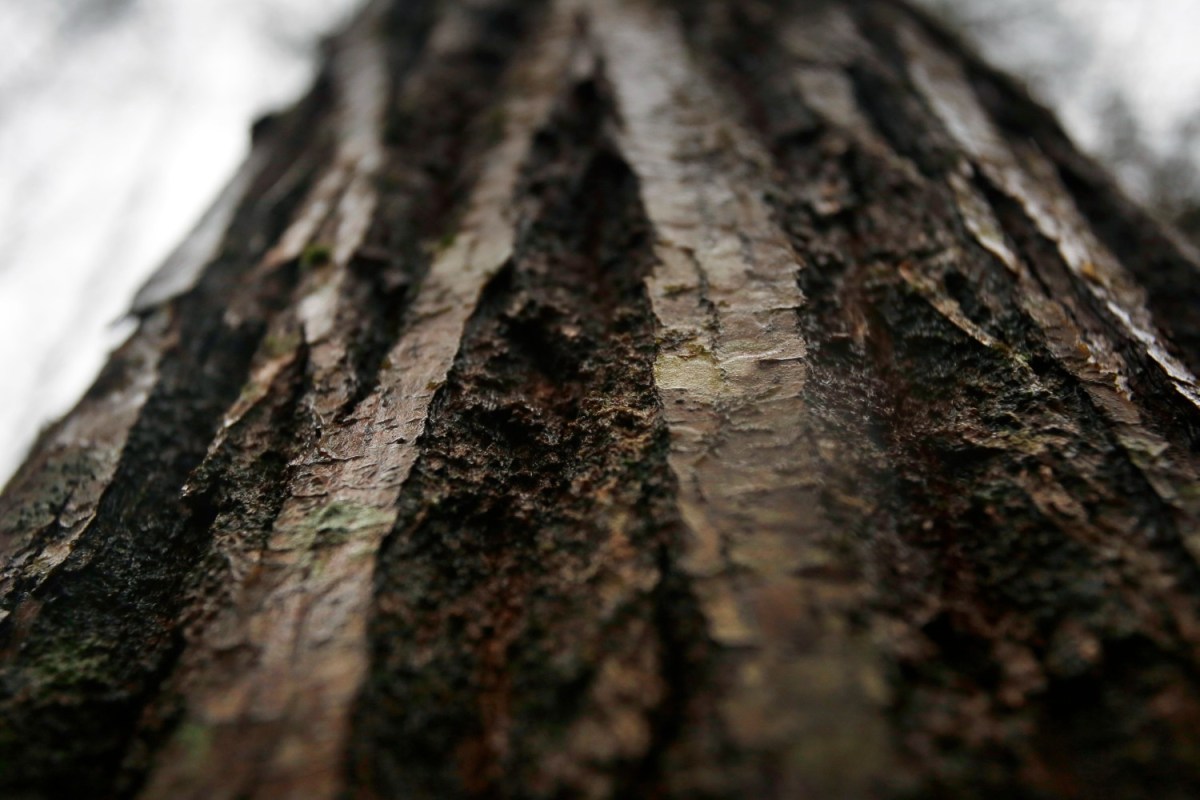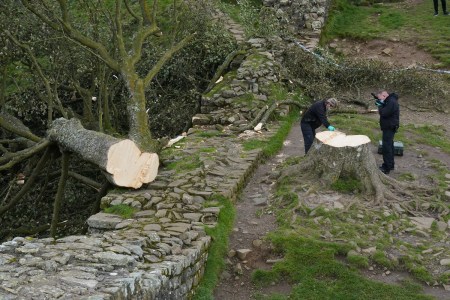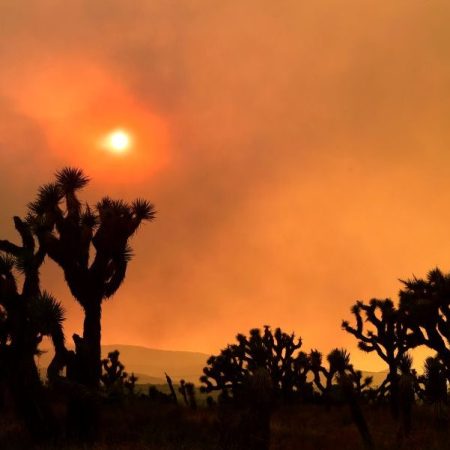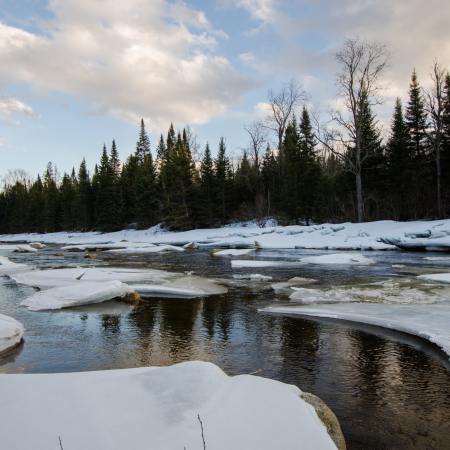Odds are good that, at some point this month, you’ve heard someone (probably Frank Sinatra) crooning a certain lyric about a certain method of heating chestnuts. It’s a holiday staple in whatever version you prefer (I’m partial to the John Zorn/Mike Patton version, personally). But it’s hard to find chestnuts to roast when there are no chestnut trees, and the American chestnut has been under siege from an invasive fungus since the early years of the 20th century. It’s unnerving stuff.
It will likely not surprise you to learn that scientific efforts are underway to revive the American chestnut — specifically, a version that’s been genetically modified so that it isn’t susceptible to the fungus that spent a century devastating these trees. Except even there, something seems to have happened that defies easy explanation — and could give us even longer to wait before the American chestnut thrives on these shores again.
Writing at The Washington Post, Dino Grandoni has more details on a botanical mystery. What’s at issue here are multiple varieties of American chestnuts developed by the State University of New York College of Environmental Science and Forestry. A nonprofit organization, the American Chestnut Foundation, believed that they were working with a SUNY ESF-developed chestnut variety called Darling 58. Turns out, they’d actually been working with a different one for years — and no one’s entirely sure why.
Police Make Second Arrest in Destruction of Sycamore Gap Tree
New developments in a bizarre vandalism caseAs the Post‘s reporting reveals, the issue prompted the American Chestnut Foundation to cease funding the line of research that developed the Darling 58 as well as the Darling 54, the chestnut variety that was somehow used in lieu of Darling 58. For now, SUNY ESF is carrying on with their work; they also pointed out to the Post that Darling 54’s chestnuts are okay to eat — even if they aren’t the roastable snack some had expected.
This article appeared in an InsideHook newsletter. Sign up for free to get more on travel, wellness, style, drinking, and culture.

















